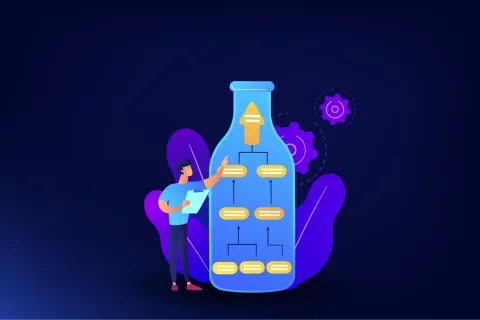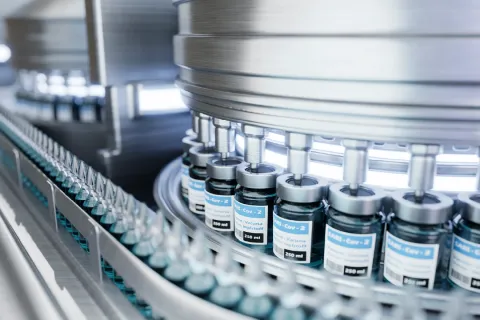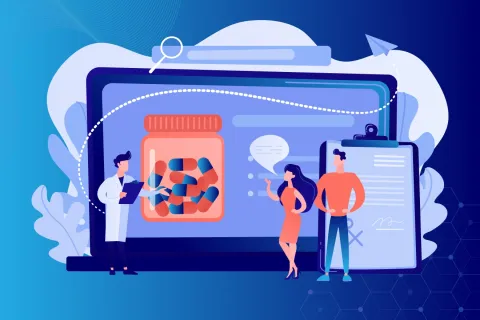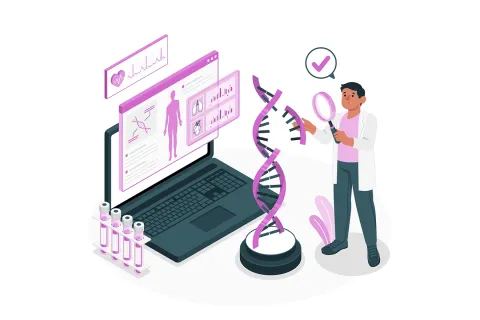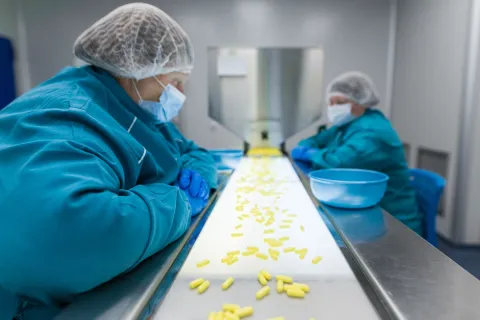
The world of regulatory compliance is constantly evolving, and the use of electronic regulatory artwork submissions (eRAS) has emerged as a transformative tool. With the increasing digitalization of global health authorities and growing pressure to accelerate product approvals, eRAS offer a streamlined and efficient way to submit regulatory artwork, providing a host of benefits for both regulators and submitters. In today’s regulatory environment, eRAS has become a cornerstone of digital regulatory artwork management strategies.
What is eRAS?
eRAS is a system that allows submitters to electronically submit regulatory artwork to regulatory agencies. This system eliminates the need for paper-based submissions, which can be time-consuming, costly, and prone to error. eRAS also provide a secure and centralized repository for regulatory artwork, making it easier for regulators to review and approve submissions. Modern eRAS platforms are increasingly integrated with Artwork Management Systems (AMS), enabling end-to-end lifecycle control and audit readiness
How Does eRAS Work?
The specific steps involved in using eRAS will vary depending on the regulatory agency. However, the general process is as follows:
- Preparation of compliant digital artwork files
- Electronic submission via regulatory portals
- Validation and review by health authorities
- Query resolution and approval tracking through centralized systems
Benefits of eRAS
Using eRAS offers several benefits, including:
- Reduced Costs: eRAS can save submitters money by eliminating the need to print, ship, and store paper-based submissions.
- Increased Efficiency: eRAS can significantly reduce the time it takes to submit and review regulatory artwork.
- Improved Accuracy: eRAS can help to improve the accuracy of regulatory artwork submissions by reducing the risk of errors.
- Enhanced Transparency: eRAS can make the regulatory process more transparent by providing submitters with real-time status updates on their submissions.
- Improved Communication: eRAS can facilitate communication between regulators and submitters, which can help resolve disputes and ensure that products are brought to market more quickly and efficiently.
Additionally, eRAS supports Right-First-Time (RFT) submissions, reduces regulatory rework, and improves compliance consistency across global markets.
The Future of eRAS
The use of eRAS is expected to continue to grow in the future. As regulators continue to adopt eRAS, submitters can expect to see even more benefits, such as:
- Real-time Feedback: Submitters will be able to receive real-time feedback from regulators on their submissions, which can help to reduce the number of errors and expedite the review process.
- Automated Review: eRAS systems will be able to automatically review regulatory artwork for compliance with agency guidelines, which can further reduce the time it takes to approve submissions.
- Global eRAS Platform: A global eRAS platform will be developed to allow submitters to submit regulatory artwork to multiple agencies in a single submission process, which can save time and money.
Future eRAS ecosystems are also expected to leverage AI-enabled validation, predictive compliance checks, and seamless integration with global regulatory information management (RIM) systems.
Conclusion
eRAS is a critical tool for the life sciences industry, where the regulatory process is complex and ever-changing. eRAS can help life sciences companies to bring their products to market more quickly and efficiently. eRAS is a valuable tool that is having a significant impact on the way regulatory artwork is submitted and reviewed. eRAS is expected to continue to transform the regulatory process, and it will play an increasingly important role in the future of regulatory compliance. As regulatory expectations intensify and submission timelines become increasingly shorter, adopting scalable eRAS solutions is no longer optional—it is a strategic imperative.
Freyr, with years of experience in regulatory artwork submissions, can be your partner of choice. With expertise in eRAS enablement, regulatory artwork lifecycle management, and global submission support, Freyr helps organizations stay compliant, efficient, and future-ready. For more information on how Freyr can be a part of your transformational journey, connect with us.
